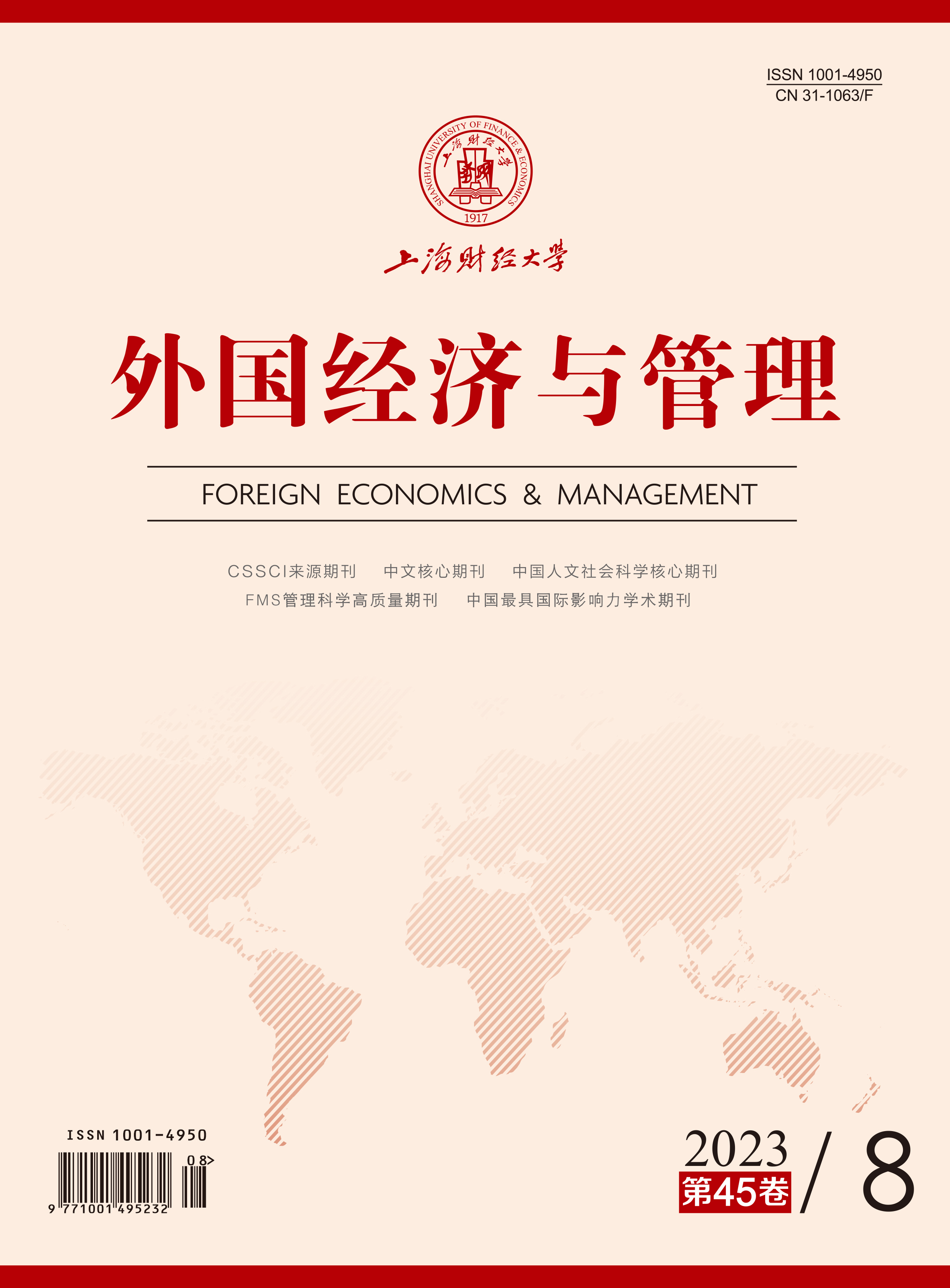Metaverse is a virtual digital environment or shared online space based on network information technology and generated by image mapping to restore and extend reality, or create original digital scenes, which is different from reality but integrates with reality interactively. With the technological evolution and consumption upgrading, Metaverse has empowered the consumption industry and promoted the formation and development of new consumption formats. However, the industry’s attempts at Metaverse consumption are still in the stage of practice leading and lacking theoretical guidance. This paper delves into related issues of Metaverse in the field of consumption, so as to comprehensively understand Metaverse and its value implications in consumption.
Focusing on consumption, with systematic analysis and typical examples, this paper explains the concept and essence, formation stages and general characteristics of Metaverse consumption. The five characteristics of Metaverse have been comprehensively clarified. Through descriptive analysis of relevant phenomena, the emergence of new consumption formats in Metaverse is recognized. From the perspective of differences in consumption formats, it is pointed out that Metaverse consumption includes four stages of operation from initial to mature: independent operation, independent operation of multiple platforms, collaborative operation of multiple platforms, and organic operation of multiple entities. Moreover, there are differences in the openness, centralization, creativity, and linkage levels among different stages of Metaverse consumption. The new consumption formats formed by Metaverse not only construct new consumption experiences and create new consumption demands, but also improve resource consumption efficiency and optimize precision in consumption.
Combined with the characteristics of Metaverse consumption, network elements other than the traditional consumption elements of person, commodity, and scene are introduced to identify the four dimensional key construction elements of Metaverse consumption, which includes: the person elements of digital avatars, virtual characters, and virtual partners; the commodity elements of replicability, extensibility, and primitiveness; the scene elements of virtual to virtual, virtual to reality, and reality to virtual; and the network elements of person with person, person with commodity, and person with scene. Starting from the perspective of consumers as the main construction subject, issues related to consumer behaviors are further analyzed, the governance path for the healthy development of Metaverse consumption is clarified, and the key issues of Metaverse consumption that need to be discussed and solved in the future are also clarified.
This paper provides new perspectives and approaches for the academic community to clearly understand the characteristics and connotations of Metaverse consumption, clarify the component elements, formation process, and construction mechanism of Metaverse consumption, and analyze a series of issues faced by the future development of Metaverse consumption in a more systematic and hierarchical manner.





 7975
7975  6736
6736

